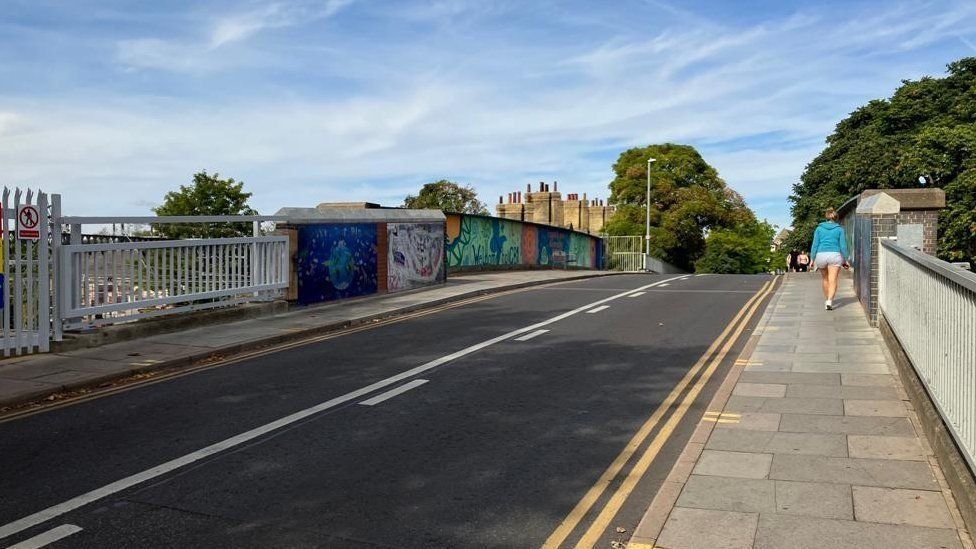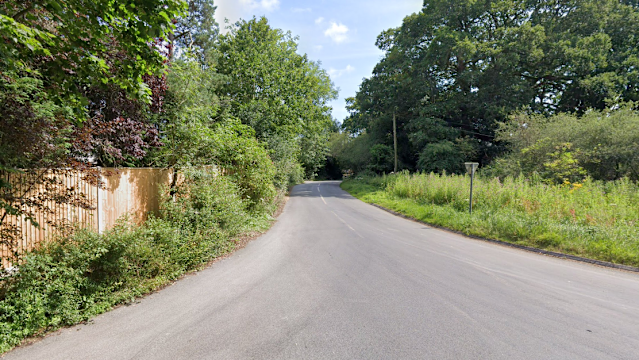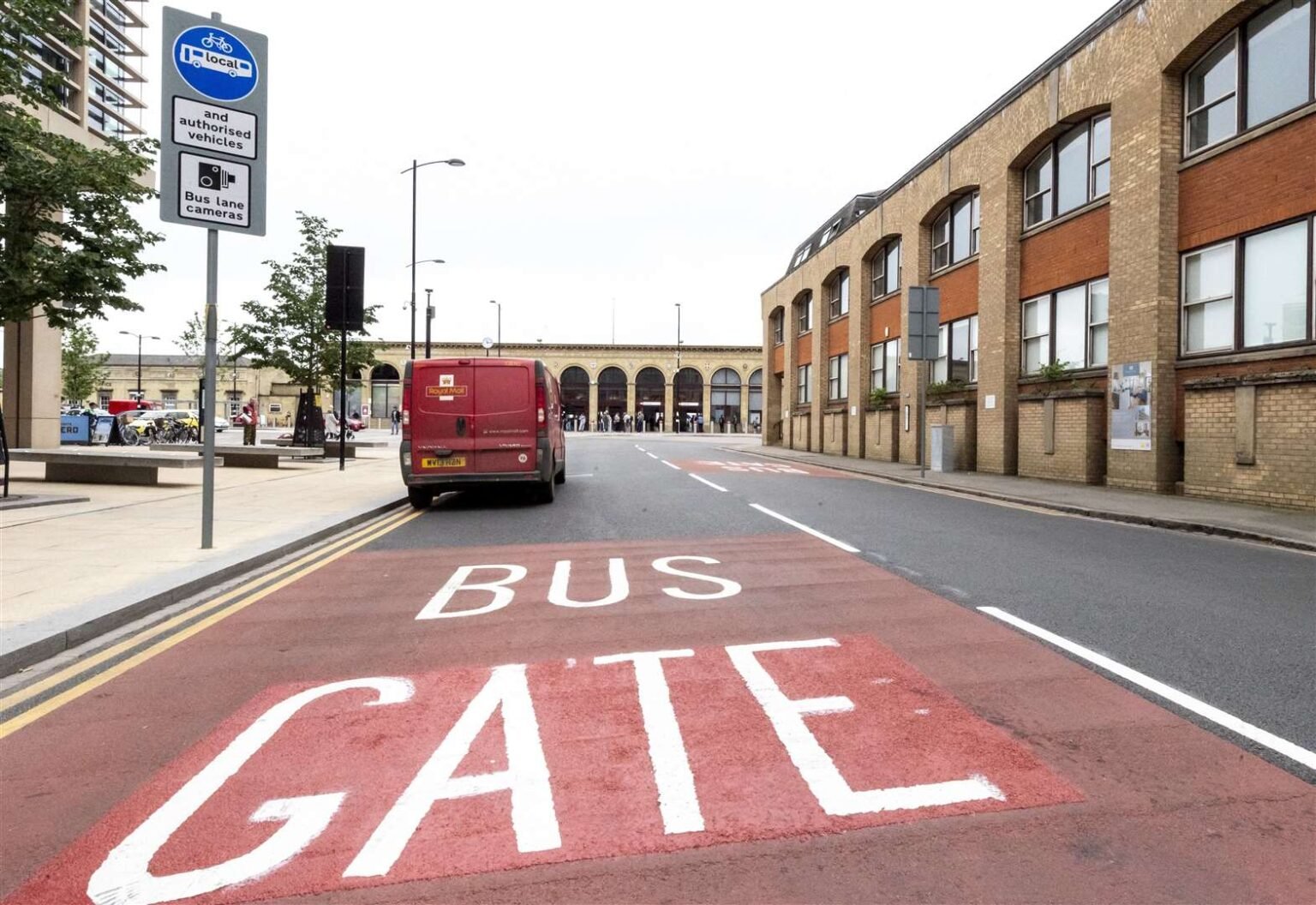Mill Road Cambridge Bus Gate Fines Surge in Early Weeks
A new Cambridge bus gate fines system on Mill Road bridge has led to over 4,600 fines in just seven weeks. Cambridgeshire County Council reported that enforcement officers issued nearly 100 penalties per day to drivers who ignored the vehicle restrictions. The high number of Cambridge bus gate fines has sparked widespread public debate.

The council introduced the bus gate on 11 March 2025 to ban most motor vehicles from crossing Mill Road bridge. Only registered buses, emergency vehicles, taxis, and blue badge holders’ vehicles are allowed. The purpose of the bus gate is to reduce motorised through-traffic and create a safer, more pedestrian- and cyclist-friendly environment.
Purpose Behind Cambridge Bus Gate Fines and Restrictions
Councillor Alex Beckett, who chairs the county’s highways and transport committee, said the restriction aims to make Mill Road a safer and more enjoyable place to visit. “Mill Road is the centre of a community. He said they want Mill Road to be safer and more enjoyable, encouraging more people to visit the area. “Reducing motorised through traffic and installing the bus gate will help achieve this.”
Exemptions and Enforcement of Cambridge Bus Gate Fines
Cambridgeshire County Council enforces the traffic restrictions through a Traffic Regulation Order (TRO), which outlines a list of exemptions.. These exemptions apply to:
- Local buses
- Emergency vehicles
- Taxis
- Registered blue badge holders
- Vehicles in a disabled tax class
- Pre-approved vehicles on the council’s list
To benefit from the exemptions, qualifying drivers must apply for formal clearance with the council. Despite the range of exceptions, many motorists still entered the restricted area without permission.
Timeline of Penalties
Emergency repairs on a burst water main delayed enforcement, which was originally scheduled to begin on 11 March, by two days.. Fines officially began on 13 March. During the first full week, starting on 16 March, authorities issued 857 fines. The number peaked in the week of 30 March, when enforcement teams fined 887 drivers.

The total for the initial seven weeks reached 4,677 Penalty Charge Notices (PCNs), each carrying a fine of £70, reduced to £35 if paid within 21 days. The consistent number of daily violations highlights either a lack of awareness or ongoing public resistance to the new rules.
Previous Legal Challenges and Reinstatement
The 2025 installation of the Mill Road bus gate followed a previously failed attempt to implement a similar restriction.A legal challenge led the council to revoke an earlier TRO, forcing them to restart the approval process. Following community consultation and a legal review, the council implemented the current order, installed warning signs, and introduced a grace period where violators received warnings instead of fines.
Signage and Communication Efforts
To prepare the public, the council placed clear signage at both ends of the bridge and conducted an initial formal warning period. During that phase, the council issued warning PCNs to give motorists time to adapt to the new system.Despite these efforts, thousands of drivers still crossed the bridge illegally.
Community Reactions and Outlook
Reactions have been mixed. Some local residents and businesses have welcomed the move as a step toward a greener, safer, and more walkable neighborhood. Others—particularly those reliant on private vehicles—have criticised the measure, citing inconvenience and unclear signage.

Cambridgeshire County Council remains firm in its stance, maintaining that the changes are in line with broader environmental and urban planning goals. As enforcement continues, it is expected that the number of violations will decrease as drivers adjust.
Broader Implications for UK Urban Planning
The situation on Mill Road reflects a growing trend across the UK, where local governments are implementing traffic reduction strategies to create more livable urban spaces. Bus gates, low-traffic neighborhoods, and congestion charges are all tools being used to tackle air pollution, encourage walking and cycling, and reduce reliance on private vehicles.
A New Era for Cambridge Streets
The Mill Road bus gate represents a significant step in Cambridge’s transport evolution. With thousands of fines already issued, the initiative demonstrates both the challenges and potential benefits of urban traffic reform. As residents adjust, the long-term success of the scheme will depend on clear communication, responsive policy adjustments, and ongoing community engagement.




